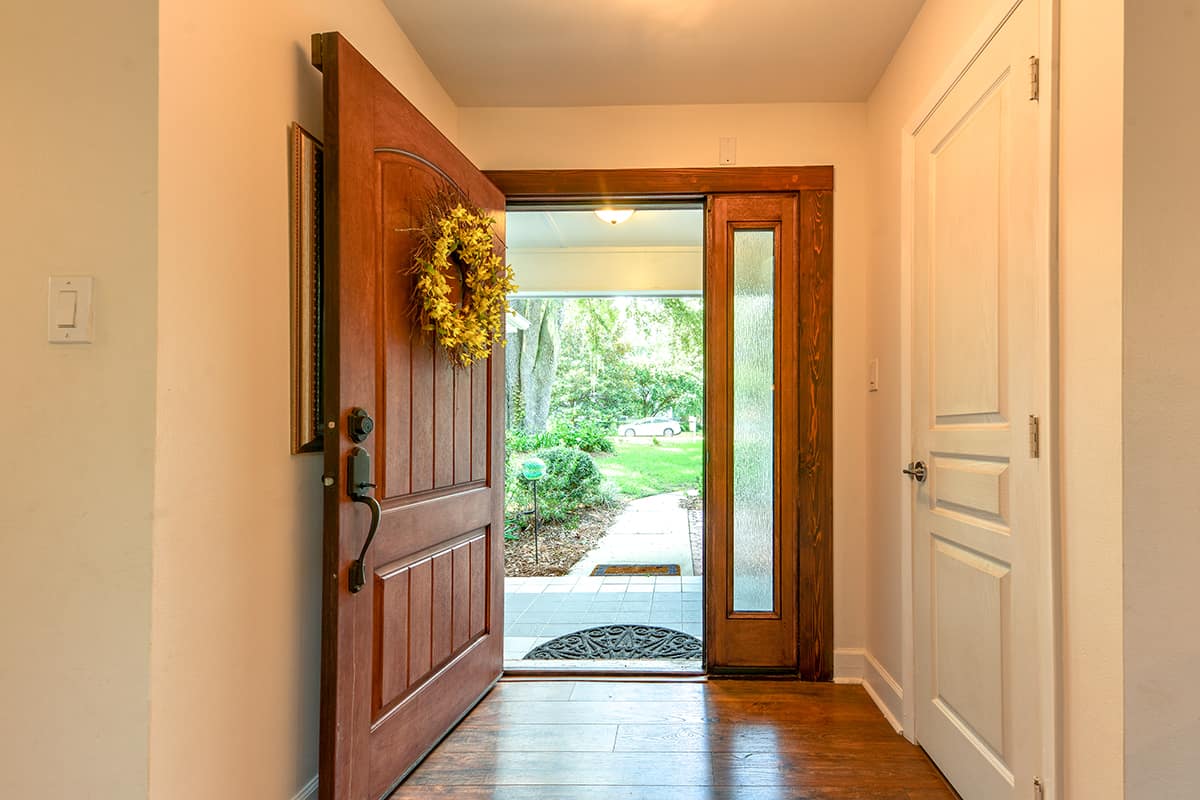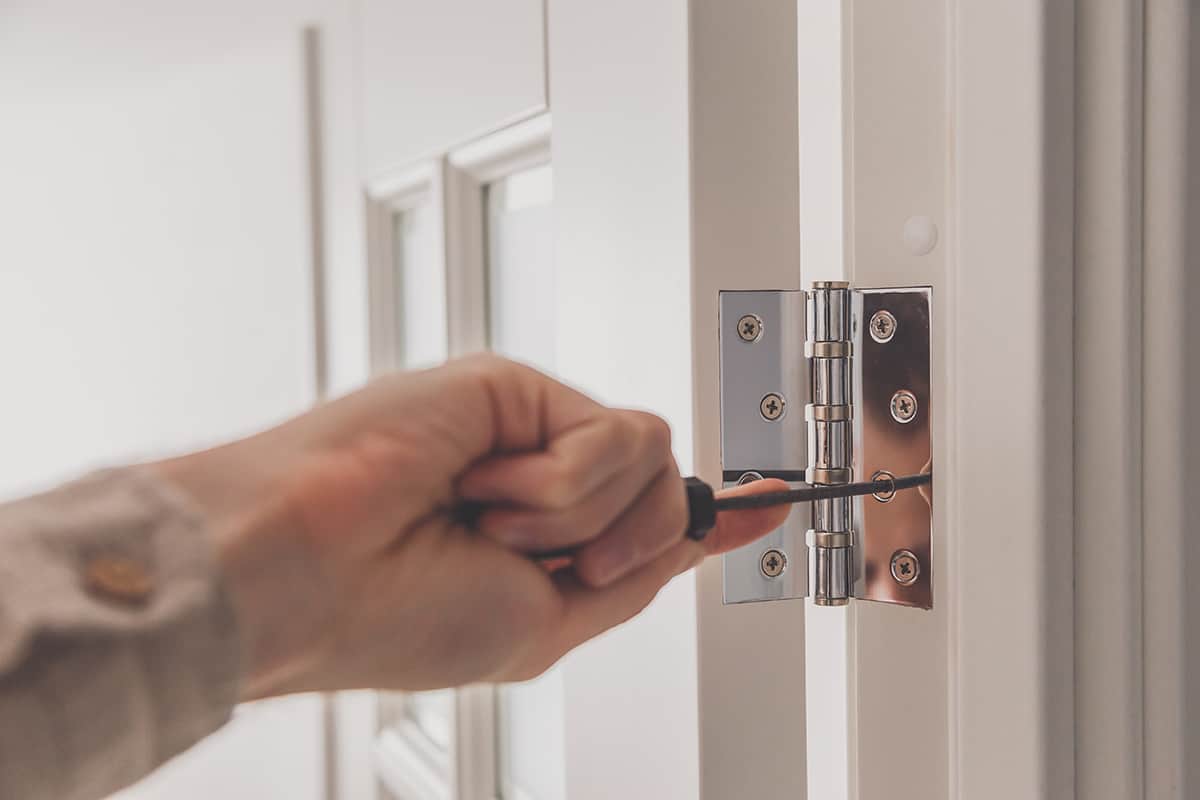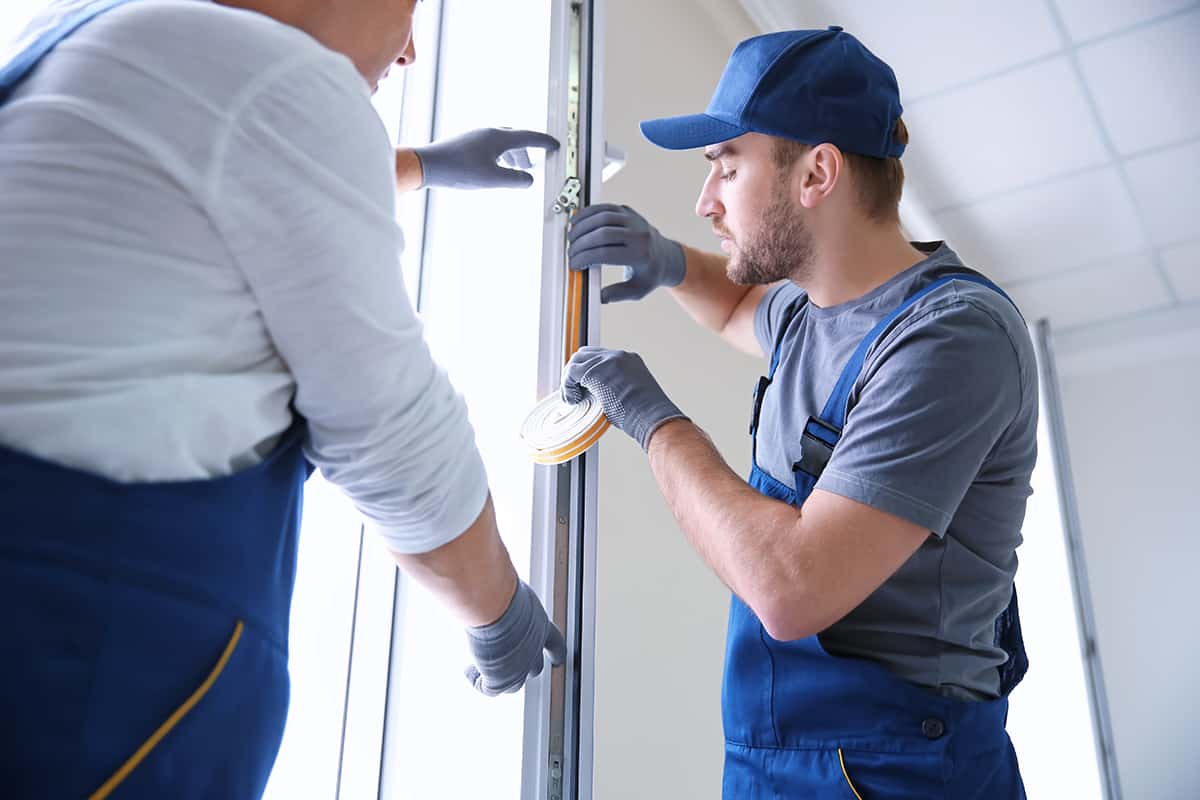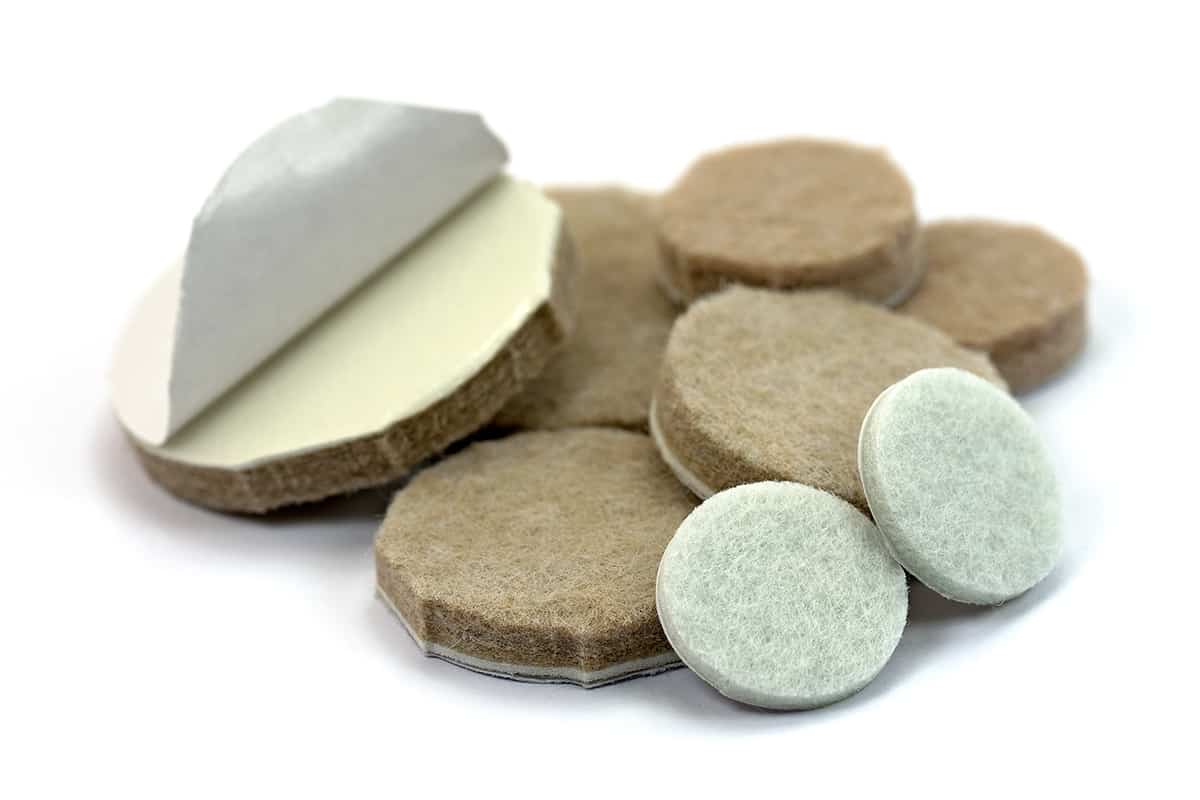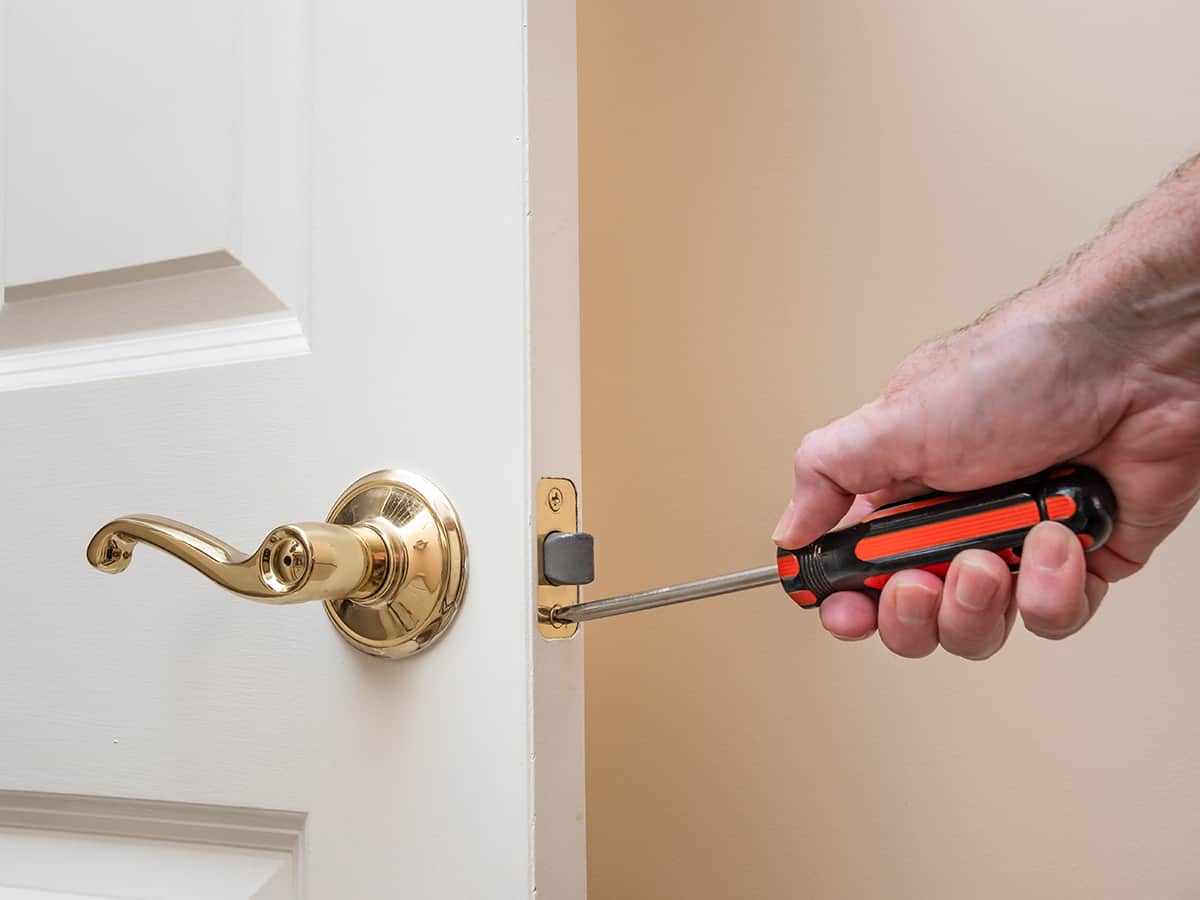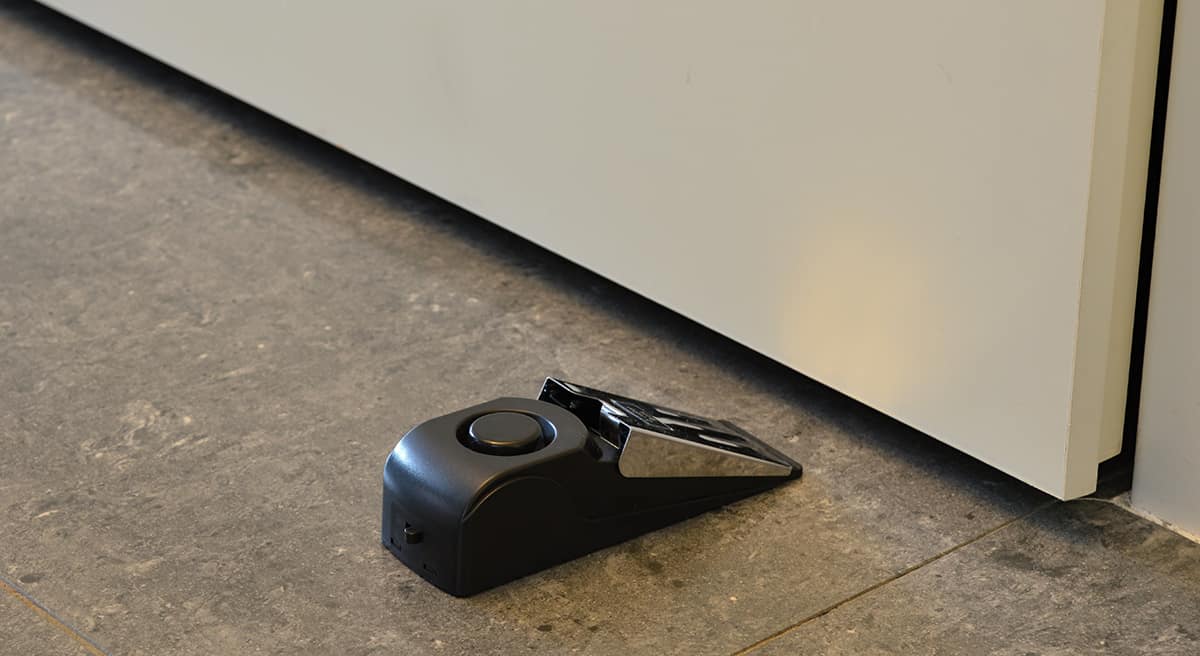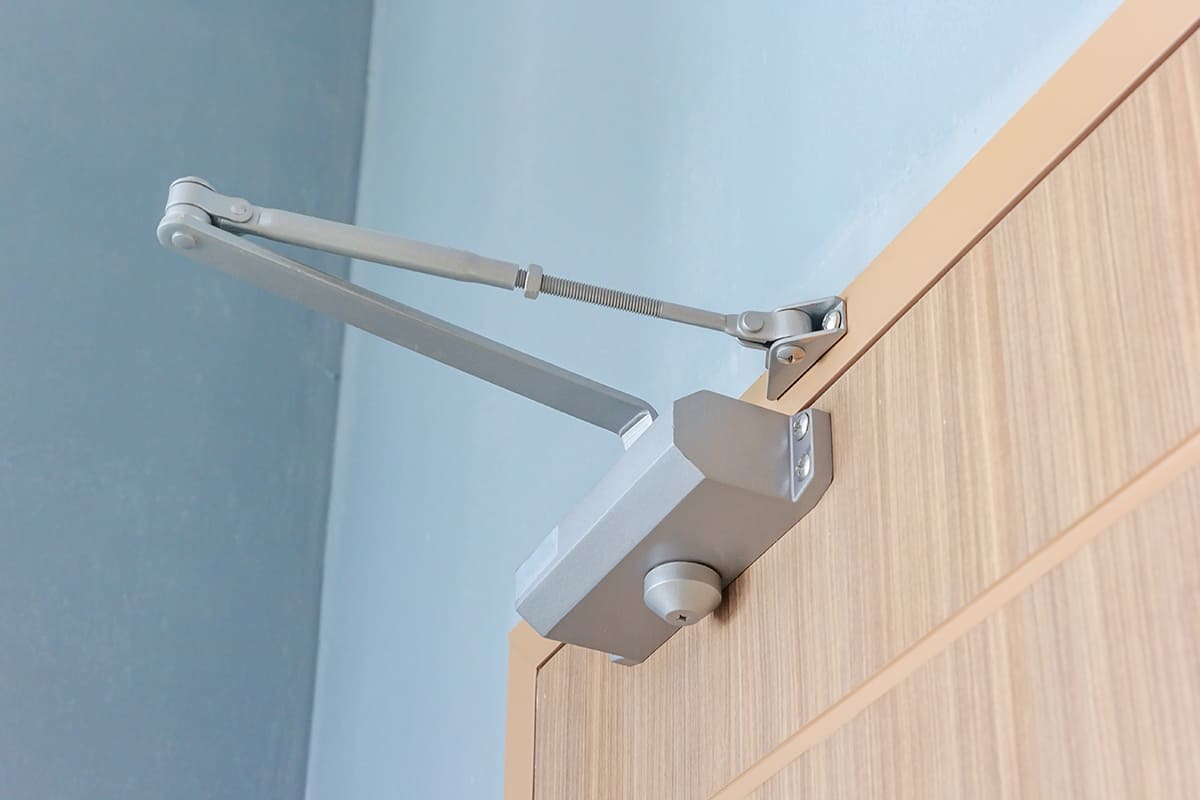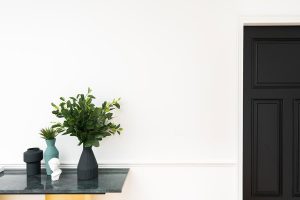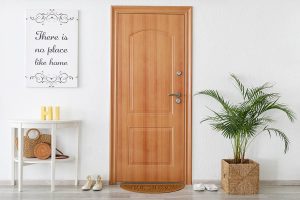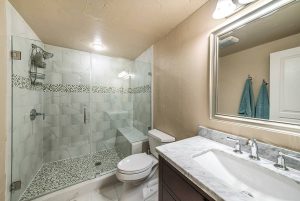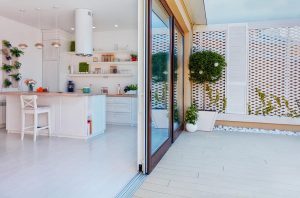A slamming screen door is a common occurrence, especially during the summer months when windows in the home are open, causing crosswinds to affect the air pressure, which results in a more severe slamming.
This noise can be quite a nuisance, and it can startle pets, young children, or anyone who is alarmed by sudden loud noises. It can even become disruptive to daily life if you have someone in the home who works shifts and needs to sleep during the day or a baby napping because the slamming screen door can wake them up.
Even if you aren’t bothered by the sound of a slamming screen door, you should be concerned about the potential damage that can be caused to the door when it repeatedly keeps smashing against its frame. Continued slamming greatly increases the likelihood that the door sustains damage to the metal or a crack in the glass.
Fortunately, this is a problem that can be solved pretty easily in any number of ways. Here we look at the best ways to keep a screen door from slamming.
Alter hinges
The hinges are an integral part of the door that ensures it swings open and closed as it should, and if these become too loose, it can really affect the way the door works. Check your screen door hinges to see if they need tightening, and tighten them up with a screwdriver if necessary.
When the screws holding the hinges in place become loose, it can cause the door to hang slightly off-center, which means it will be weighted to one side, and this can cause the slamming. Making sure the door is plumb, and the hinges are tightly fitted and correctly aligned can resolve this problem.
If the hinges are very old or they have become weathered, then you may be better off replacing them rather than trying to tighten them. New hinges are not expensive, and they can make a huge difference to the way your door behaves.
Changing the hinges on a door isn’t as tricky as you might expect. If you change one hinge at a time, then you won’t need to remove the door from its frame.
Weatherstripping
Weatherstripping is a type of foam or rubber that comes on a roll, and it is self-adhesive on one side. It is commonly used to help make a home more energy efficient by sealing gaps around doors and windows to insulate the home.
It is also sometimes used to seal gaps around heat pumps. However, this useful product can come in handy to soften the blow of a slamming door so that it doesn’t make such a loud noise and so the door doesn’t suffer a harsh hit that could cause damage.
To use this to keep your screen door from slamming, first, you will need to clean the door frame to remove any dirt and debris, which will ensure the tape sticks better. Measure out a length of tape so that it matches the size of your door frame, and then apply it all along the side of the frame where the screen door rests against it when it closes.
The foam will cushion the slamming screen door and resolve the problem. This is an easy, low-cost solution if you don’t want to get too involved in DIY.
Felt pads
Felt pads are small pads that are felted on one side and have a sticky adhesive on the other side. They are usually round and are widely used to put on the bottom of furniture legs to prevent the furniture from scratching interior floors.
You will have probably seen these types of felt pads at your local dollar store, or you may have used them on the bottom of your dining chairs or sofa legs, or you may even have a box floating around in your garage.
These pads can be a quick and easy solution for slamming screen doors. Apply a few pads along the length of the screen door and a few pads in corresponding positions on the length of the door frame. When the screen door slams, the felt pads will meet to cushion the blow between the door and the frame.
If you find that your felt pads aren’t thick enough to make a noticeable difference to the slamming, layer two or three on top of each other to make the padding more substantial.
Check latch
The latch on a screen door is what keeps it in the closed position, and if the latch isn’t working properly, then the screen door will blow open in the breeze and then blow closed again, which results in the door slamming.
If this is the case, you will need to replace the latch so that it is able to keep the screen door more securely shut.
Use doorstop
Some homeowners make use of a doorstop to prevent a screen door slamming, but it can negate the entire point of the screen door, so it depends on your preferences. A screen door has a mesh screen on it, which means that during hot weather, you can have the front door open and the screen door closed, which will be good for ventilation while preventing any insects from getting into the home.
If you want the screen door to fulfill this purpose, then a doorstop is not going to be the right solution for you because it will keep the screen door open and allow insects free access to your house.
However, if you live in an area that doesn’t suffer from mosquitos, then you might be happy to keep the screen door open. In this case, use a heavy doorstop to keep the screen door in an open position and enjoy a slam-free summer.
You can shop for a decorative doorstop to make this an attractive feature of the home rather than just a practical one.
Install pneumatic closer
Modern screen doors are usually fitted with pneumatic closers, which are designed to ensure screen doors close automatically at a slow pace which prevents slamming.
A pneumatic door closer is fitted onto both the door frame and the door itself, attaching the two. Typically, it will be installed at the top or the bottom and looks like a long cylinder. It uses air pressure to control how the door moves.
If you already have a pneumatic closure and still find that the door is slamming, then you can try to adjust the closure so that it closes more slowly because most of these devices are adjustable.
If you don’t have a pneumatic closer on your screen door and the slamming is really bothering you, then it might be worth installing one or replacing your old screen door with a new one that comes with a pneumatic closer.
A pneumatic closer is easy to install if you are experienced with DIY projects, and the device itself is inexpensive to buy, though this solution might prove too involved for some people. If you would prefer, you can hire a contractor to install a pneumatic closer onto your screen door for you.
Use a rubber band
If you want a solution to stop your screen door from slamming that costs next to nothing and takes less than ten seconds, then this is the one for you. This solution requires nothing but a rubber band, which most people have lying around their home in a drawer or cubby hole somewhere.
To stop the door from slamming, you need to put a rubber band around the handle on your screen door and stretch it around the edge of the door and to the other side, securing it around the handle on the opposite side of the door. This will provide a buffer so that when the screen door slams, it will be slightly cushioned by the rubber band, therefore limiting the noise it makes.
This won’t usually be enough to completely prevent a slamming sound, but it should significantly muffle it. A thicker rubber band is going to have a greater effect than a skinny rubber band, but this will also be more obvious to look at compared with a skinny rubber band.
This, at best, is a temporary solution for slamming screen doors because most people find the look of the rubber band to be quite unattractive, but it is a great idea if you need to stop the slamming in a pinch because most people have easy access to a rubber band so you won’t need to make a trip to the store.
Specialist products
There are several products on the market that are specifically designed to stop doors from slamming, such as slam guards and latch covers. These can be very useful to stop doors from slamming while still allowing the door to close fully.
Many of the products sold as slam guard solutions use the same idea behind felt pads and weatherstripping.
